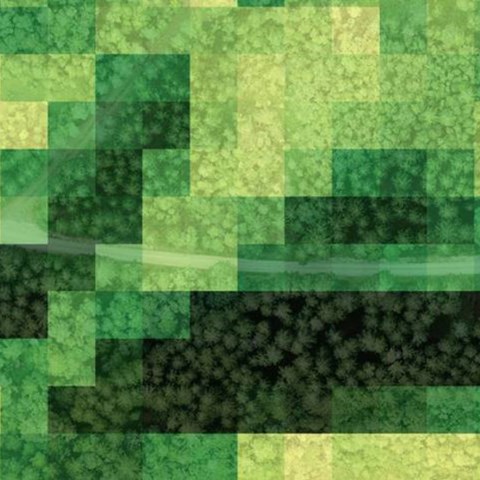Contact
Department of Soil and Environment, Soil and Environmental Physics
Department of Soil and Environment, Biogeochemistry of Forest Soils
Department of Forest Resource Management, Division of Forest Remote Sensing

Data and maps on carbon stocks are hard to come by and typically require processing by expert researchers. Thanks to a joint project between SLU and National forest data lab, these are now available to everyone – lowering the threshold for users looking to leverage carbon information in future development.
Using maps of carbon stocks and carbon sinks, public as well as private land owners can create strategies for climate impact during urban development. This is highly coveted information by many.
For example, since the publication of Stockholm city’s carbon stock report in 2022, several other municipalities have contacted the researchers behind the project, to inquire about similar reports for themselves:
– Stockholm became one of the first municipalities to have an overview of the carbon stock in their land. That generated a lot of interest from other municipalities interested in similar information, says Anna Lindahl, researcher at the SLU Department of soil and environment.
In collaboration with National forest data lab, Anna Lindahl and colleague Mattias Lundblad have developed nationwide maps of carbon stocks and carbon stock changes in soil. Mats Nilsson with the Department of forest research management has developed a map over living underground biomass (stumps and roots).
The maps and primarily based on data collected through the Forest soil inventory, the Swedish National Forest Inventory and, in the case of living biomass, the Swedish Land survey’s forest laser scan.
– The maps can be used to derive carbon stocks and carbon stock changes for a region or any pre-defined local area for any kind of study including land based carbon sinks and sources, says Mattias Lundblad.
Map layers of living above-ground biomass (stem wood, tree crowns and branches) are already included as part of the Forest attribute maps (Skogliga grunddata), produced by SLU and available through the Swedish Forest Agency.
Based on these maps and the newly developed ones, municipalities and other major land owners can accurately calculate carbon stocks on their own. This enables them to develop new strategies and policies, to hopefully reach a nationwide goal of net zero greenhouse gases by 2045. Says Andreas Eriksson with the Swedish Forest Agency:
– The role of the forests in climate mitigation are at the core of the EU green deal. These open access carbon stock maps show the strength of combining earth observation and field surveys, and take us one step closer to filling those needs.